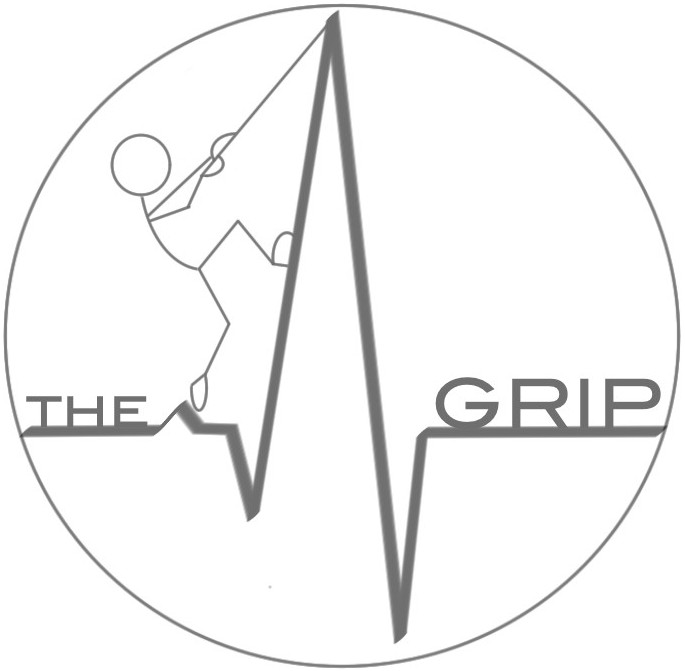In vivo calibration of esophageal pressure in the mechanically ventilated patient makes measurements reliable
Francesco Mojoli, Giorgio Antonio Iotti, Francesca Torriglia, Marco Pozzi, Carlo Alberto Volta, Stefania Bianzina, Antonio Braschi and Laurent Brochard
Critical Care (2016) 20:98 DOI 10.1186/s13054-016-1278-5
Abstract
Background
Esophageal pressure (Pes) can provide information to guide mechanical ventilation in acute respiratory failure. However, both relative changes and absolute values of Pes can be affected by inappropriate filling of the esophageal balloon and by the elastance of the esophagus wall. We evaluated the feasibility and effectiveness of a calibration procedure consisting in optimization of balloon filling and subtraction of the pressure generated by the esophagus wall (Pew).
Methods
An esophageal balloon was progressively filled in 36 patients under controlled mechanical ventilation. VBEST was the filling volume associated with the largest tidal increase of Pes. Esophageal wall elastance was quantified and Pew was computed at each filling volume. Different filling strategies were compared by performing a validation occlusion test.
Results
Fifty series of measurements were performed. VBEST was 3.5 ± 1.9 ml (range 0.5–6.0). Esophagus elastance was 1.1 ± 0.5 cmH2O/ml (0.3–3.1). Both Pew and the result of the occlusion test differed among filling strategies. At filling volumes of 0.5, VBEST and 4.0 ml respectively, Pew was 0.0 ± 0.1, 2.0 ± 1.9, and 3.0 ± 1.7 cmH2O (p < 0.0001), whereas the occlusion test was satisfactory in 22 %, 98 %, and 88 % of cases (p < 0.0001).
Conclusions
Under mechanical ventilation, an increase of balloon filling above the conventionally recommended low volumes warrants complete transmission of Pes swings, but is associated with significant elevation of baseline. A simple calibration procedure allows finding the filling volume associated with the best transmission of tidal Pes change and subtracting the associated baseline artifact, thus making measurement of absolute values of Pes reliable.
Keywords
Esophageal pressure Pleural pressure Transpulmonary pressure Mechanical ventilation Protective ventilation Ventilator-induced lung injury Calibration Esophageal balloon catheter Esophageal elastance Esophageal artifact.
